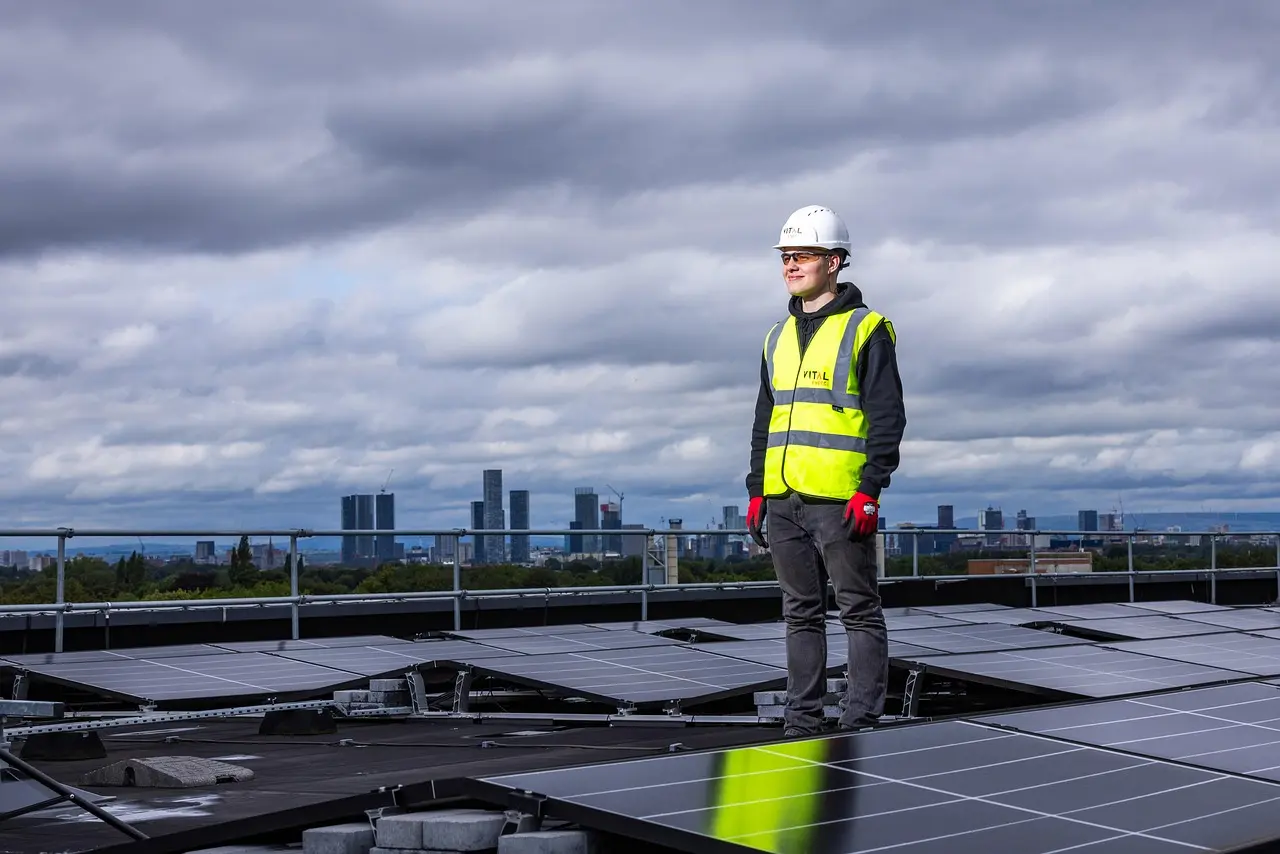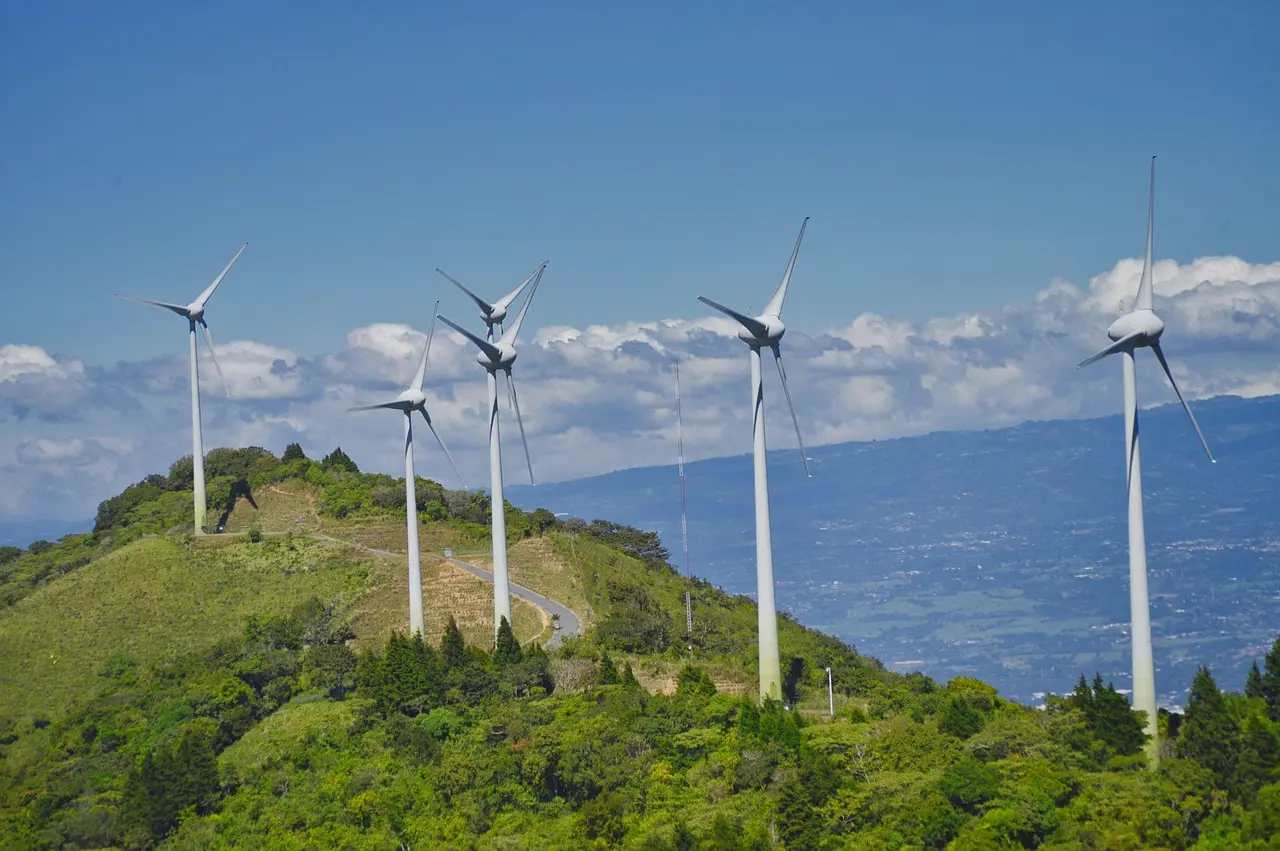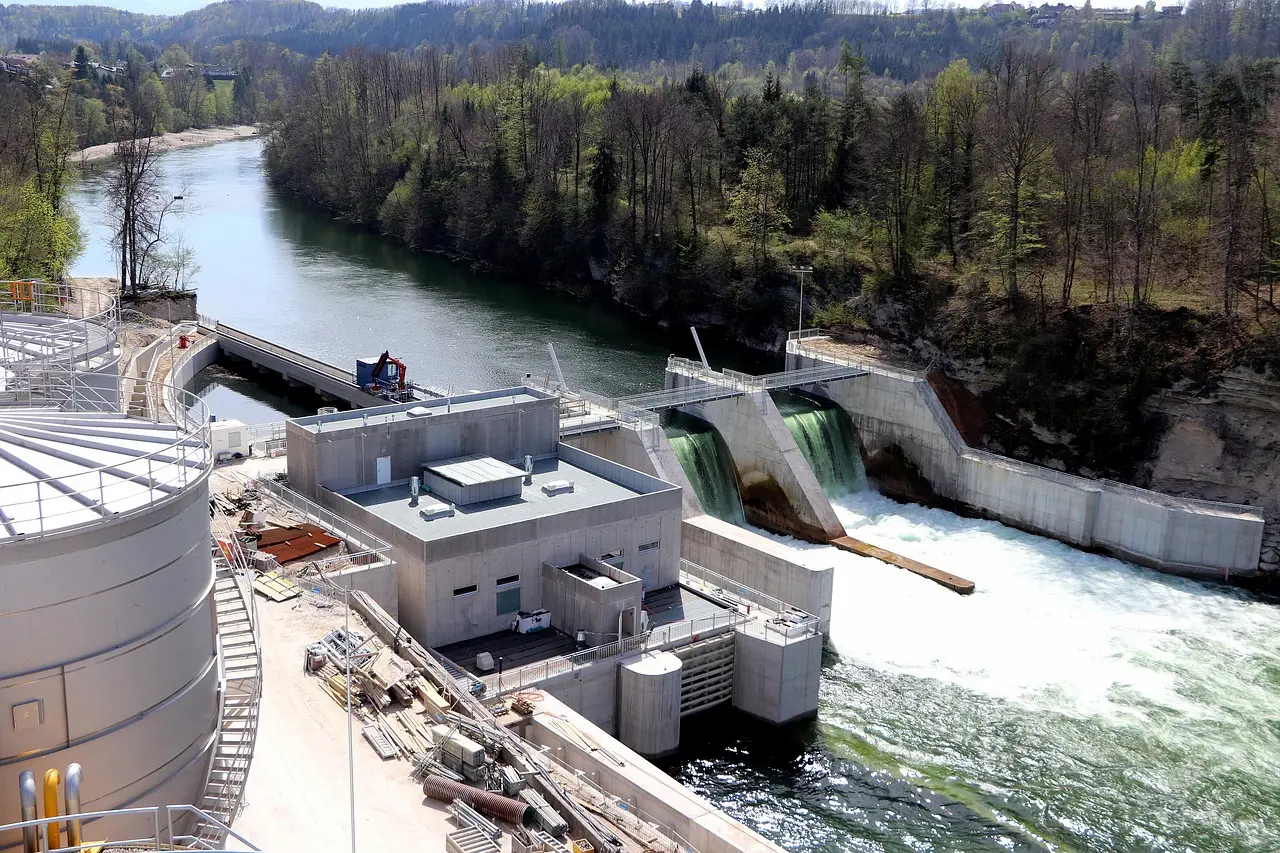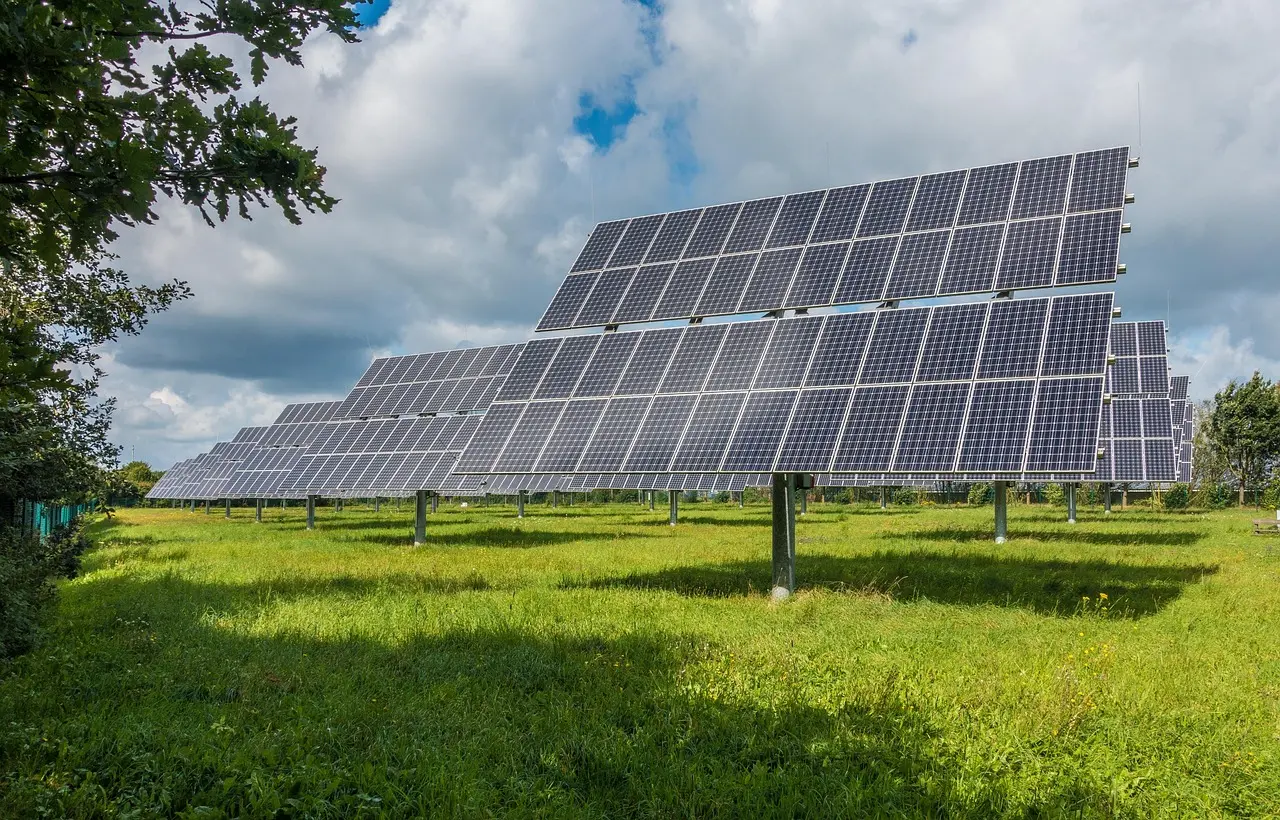Renewable energy is produced in Australia using abundant natural resources, such as biomass, solar and wind generation, and hydro-generation technologies. Over a third of Australia’s electricity is produced from renewable resources. The proportion of renewable energy is increasing, as per the global trend. Many leading Australian businesses are investing in renewable energy production.
Cost savings from renewable energy are significant when compared to grid-supplied electricity. Businesses can reduce emissions, improve their sustainability credentials, and lower their exposure to future price volatility.
On-site generation is the most popular option for Australian companies to generate renewable energy. The most popular renewable energy sources are solar PV, wind power and biomass/biogas. Many businesses choose to buy GreenPower from an energy retailer when carbon reduction is their main goal.
The costs and benefits of investing in renewable energy can vary greatly from case to case. Ask for expert advice from a system designer or independent provider who can optimise energy and financial results.

History of Australia’s Energy System
Australia was built upon abundant fossil fuels, especially coal. This shaped Australia’s industries and electrical networks for most of the 20th Century. Renewable energy is not new to Australia. Tasmania was the first to use hydroelectric energy in 1916. By the 1950s, large hydro projects were being built on the mainland.
Australia has been a leader in solar technology innovation since the 1970s. Researchers in Australia developed some of the most efficient solar cells of their time. This helped establish the country’s reputation as a leader in renewable technology. In the 1980s, small-scale projects for solar energy began to appear in rural and regional areas. They offered affordable options and demonstrated how renewable energy can serve local needs.
The transition to cleaner energy was accelerated in the following decades by advances in solar manufacturing and large-scale wind farms. Renewables are now a major part of Australia’s future energy mix. While fossil fuels will always be a large part, they have taken a central role in the country.
What Is the Difference Between Renewable and Non-Renewable Energy?
Modern life is based on energy, which powers everything from our homes to industries and transport to technology. Not all energy sources have the same impact, and how we generate electricity has an effect on people and the environment. Energy sources can be divided into renewable and nonrenewable. Understanding the differences between these two energy sources is important because it allows us to determine which can offer long-term sustainable solutions, and which contributes to environmental challenges.
In this section will explain What is the difference between non-renewable and renewable energy. It will highlight how they work and their role in our future.
Renewable Energy
Renewable energy is derived from sources of energy that are constantly replenished. These include sunlight, wind and water. These sources are not limited and can be used again and again, unlike coal or gas. The “fuel” is abundant and free once a renewable energy plant is constructed, which makes it sustainable and cost-effective in the long run.
Solar and wind have been the leading renewable energy sources in Australia. Rooftop solar has a special significance in Australia, where the adoption rate is one of the world’s highest. Renewables will provide around one-third of Australia’s electricity by 2022. This is almost double what they did in 2017. It shows a clear shift towards cleaner energy. Renewable energy not only reduces emissions but also creates jobs and helps regional development.
Non-Renewable Energy
The non-renewable sources of energy are finite and will be exhausted eventually, such as coal, oil, and natural gas. These fuels, which have been driving industrial growth for over a century, are also responsible for greenhouse gas emissions and climate change. Australia is still heavily reliant on fossil fuels to generate electricity, and is one of the largest exporters in the world of coal and natural gas.
The dependence on fossil fuels is not only a domestic issue, such as includes air pollution and increasing carbon emissions. It also carries international responsibility as exported fuels have a global impact. Nuclear energy is considered non-renewable, even though it produces low emissions directly, because its source of uranium is a limited mineral. The dependence on non-renewables underscores the urgency of Australia’s energy transition. It requires strong policies and investments to balance economic interest with environmental sustainability.

How Australia is Making a Difference in Clean Energy?
We are committed to accelerating Australia’s transition to clean energy by supporting innovative ideas. We provide a clear path from concept to commercialisation, with our expertise in renewable energy and willingness to fund projects others may overlook. It is important to ensure that promising technologies are not lost in overseas markets but rather developed locally, creating jobs and benefits for local communities. Our work covers areas like energy storage, hydrogen and grid integration as well as the low-emissions industry. We help unlock solutions to strengthen the economy and environment.
We also play an important role in removing the barriers that slow the energy transition. We identify and solve technological, commercial and regulatory challenges and fund projects to overcome them. We also encourage collaboration by bringing together government, researchers, startups and industry leaders to share information and develop policy. This collaborative approach allows for new ideas to be tested in real conditions and ensures renewable energy technologies can scale up faster.
Types Of Renewable Energy
At present, solar and wind energy are the most important sources of renewable energy in the world. They receive the most attention from investors and technologists. They are expected to be the foundation of future clean, reliable and sustainable energy systems. Renewables are not limited to solar and wind. Hydropower, geothermal energy, ocean energy and biomass also play a role in diversifying energy sources and reducing our reliance on fossil fuels.
Solar Power
The sun’s energy can be harnessed to generate electricity or heat. Solar thermal technology concentrates sunlight for use in industrial processes and power plants. Solar energy is particularly attractive due to its abundance, scalability, and cost-effectiveness. Prices have dropped dramatically in recent years.
Solar power, with the help of modern storage systems, is becoming more reliable and can provide energy day and night. It has become one of the most rapidly growing renewable sources in the world.
Wind Power
The movement of air is captured by turbines, which convert it into electricity. Offshore wind farms have been growing due to the stronger and more constant winds at sea. Wind power is a cheap and large-scale source of energy, which makes it a central part of renewable energy development.
Wind energy, when combined with storage technology, can provide affordable and steady electricity in both urban and regional areas. This reduces the dependence on fossil fuels.

Hydropower
The power of water is used to generate electricity. Hydropower is one of the oldest forms of renewable energy. It continues to play a significant role in the world. While large-scale dams can provide reliable electricity and water storage, small-scale hydrosystems can offer clean energy to local communities.
Hydropower can also be used to store energy through pumped-hydro, which stores and releases water during times of high demand. This acts as a natural energy battery for the grid.
Energy from Biomass
The energy that comes from biomass is organic material such as household wastes, agricultural wastes, and forestry residues. These materials can be processed to produce heat, electricity or biofuels. As long as resources are managed sustainably and emissions are offset by regrowth, biomass is renewable.
Modern biomass systems have become more efficient and cleaner. They turn waste into a valuable energy resource, and they complement other renewable sources to create a balanced energy blend.
Ocean Energy
Ocean Energy includes tidal and wave energy, as well as ocean thermal energy. Wave energy is a form of tidal energy that uses the surface waves to capture energy. Ocean thermal energy is still in its early stages of development. It uses the temperature difference between warmer surface water and cooler deep water to generate electricity.
Ocean energy is a renewable source of power that can be a major contributor as technology advances, especially in coastal areas with high tides and strong waves.
Geothermal Power
Geothermal power is derived from the heat that’s stored under the Earth’s surface. It can generate electricity and heat continuously by tapping into steam or hot water reservoirs. Geothermal power is more stable than solar or wind and has little fluctuation.
Geothermal energy is a promising source of energy in areas with underground resources. New growth opportunities are being created by advances in drilling and extraction technology.

Why are renewable energies important?
The importance of renewable energy comes from the fact that it is a path to human progress that does not destroy the environment nor destabilise the climate. The widespread burning of fossil fuels and coal has accelerated climate change since the Industrial Revolution. The greenhouse effect is responsible for this, as rising carbon dioxide levels trap more energy from the Sun in the atmosphere.
This warming has far-reaching consequences. Not only does it raise global temperatures, but it also disrupts the natural systems. This leads to more extreme weather, such as severe storms and cyclones. It can even cause destructive bushfires. The collapse of entire ecosystems is possible, and once habitable regions may not be able to support human life. Climate change is a threat to our survival because we depend on the environment for shelter, food, and water.
Renewable energy is the way to go. It allows for the development of modern technologies and economies without the same risk to our planet. Renewables not only reduce emissions but also create jobs, improve energy security and decrease dependence on fossil fuels. We are protecting the environment and securing a more sustainable, safer future for future generations by investing in renewable energies.
Conclusion
In Australia, renewable energy is important for both the people and the environment. The country’s abundance of sunshine, strong wind, vast coastlines and natural resources make it uniquely positioned to be a leader in the adoption of clean energy. The use of renewables reduces harmful emissions, but it also lowers the cost of household energy, creates employment in local communities and improves security of energy by relying upon resources available locally.
Renewable energy is a way to protect nature from climate change impacts such as bushfires and droughts. Australia can protect its environment by investing in renewable technologies. This will also support sustainable growth and give future generations a place that is healthier and more resilient. Renewable energy is not just a source of power, but a basis for a cleaner, stronger and more prosperous Australia.


